In conjunction with this National Trust listing, the school was part of a nationally broadcast show on the History Channel. In listing the school, the Trust called it “a beautiful rural landmark, a neighborhood school, and a fixture of community life for generations.”
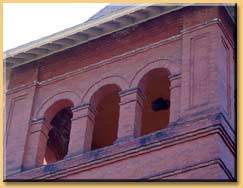
East Side was designed by Orff and Joralemon Architects, a firm based in Minneapolis, Minnesota. In a project almost contemporary with East Side, the firm also designed the current Congregational church, just up the hill from the school. The firm did public commissions throughout the Midwest, but according to architectural historian David Anderson, East Side is the “outstanding example” of the firm’s schools, and also “the best preserved in terms of historic integrity.”
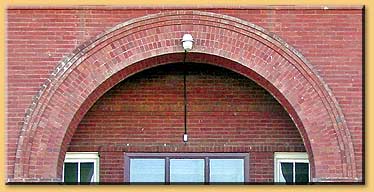
In 1997 the school was put on the National Register for Historic Places. That same year the Iowa Historic Preservation Alliance listed East Side as one of the ten most important but threatened buildings in the state. Then, in 2003, the school was placed on the “America’s 11 Most Endangered Historic Places List” of the National Trust for Historic Preservation.
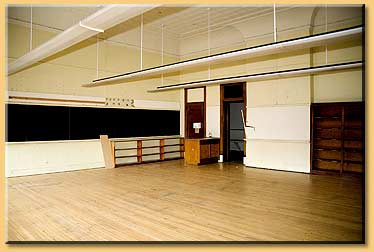
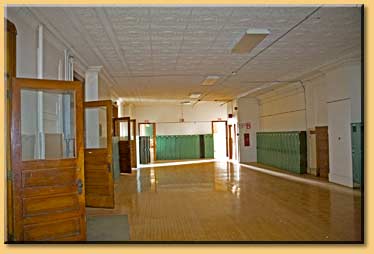
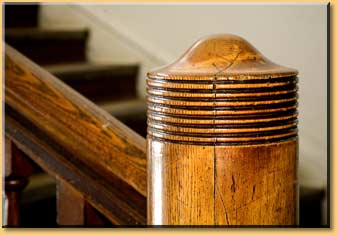
Even from a distance, East Side stands out in the city of Decorah. The peak of each tower rises 75 feet above the sidewalk. These towers echo the spires and domes of churches and the courthouse in the skyline to the north.
On the one hand, the arched entrances and tower arcades and the massive and rustic stone of the school’s foundations are Romanesque Revival: echoing the churches and castles of a thousand years ago. On the other, the broad eaves, lines of brick coursing, and pronounced rows of large windows reaching out to the horizons are like the Prairie School: an innovative turn-of-the-century movement.
Even though it was closed as a school, East Side continues to work for Decorah, getting national attention for its architectural merit and its historical importance. Partly because the school was only minimally updated for so many years, it retains original features that make it unique.






